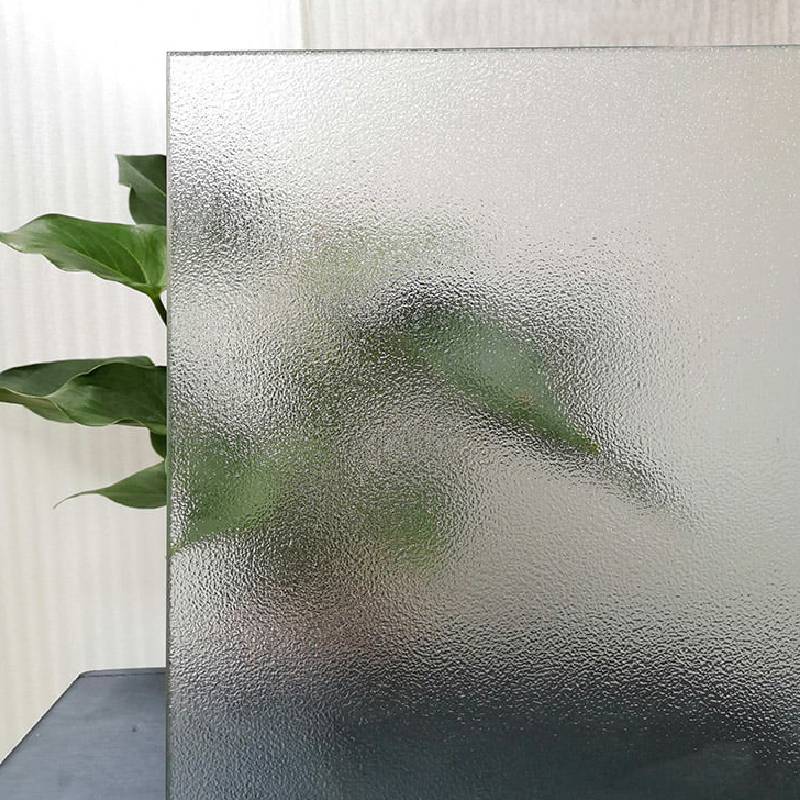Laminated glass and tempered glass are two types of safety glass widely used in modern construction and architectural designs. Each has unique properties that cater to different needs, making them essential materials in both residential and commercial applications.
Laminated glass consists of two or more layers of glass sandwiched together with a layer of polyvinyl butyral (PVB) or another interlayer material. This interlayer not only binds the glass together but also provides increased safety. In the event of breakage, laminated glass holds together, preventing shards from scattering, which minimizes the risk of injury. This characteristic makes laminated glass a popular choice for applications such as skylights, glass roofs, and façades where human safety is a concern. Furthermore, laminated glass offers sound insulation and UV protection, enhancing indoor comfort and protecting furnishings from sun damage.
On the other hand, tempered glass, also known as toughened glass, is manufactured through a process of extreme heating and rapid cooling. This manufacturing technique increases its strength, making it much more resistant to impact and thermal stress than regular glass. Tempered glass can withstand heavy loads and sudden temperature changes, reducing the likelihood of breakage. When it does break, it shatters into small, blunt pieces rather than sharp shards, which again enhances safety. Due to its strength and durability, tempered glass is commonly used in shower enclosures, glass doors, and glass tables.
laminated glass tempered glass
Both laminated and tempered glass serve vital roles in enhancing safety and functionality in various applications, but they also cater to different requirements
. For instance, while laminated glass excels in safety and sound insulation, tempered glass is ideal for scenarios where strength and resistance to thermal stress are paramount.
When deciding between these two types of glass, it’s crucial to consider the specific requirements of the project. For enhanced safety and noise reduction, laminated glass is often recommended. Conversely, for applications that require superior strength and heat resistance, tempered glass may be the better option.
In conclusion, laminated glass and tempered glass are indispensable materials in today's design and construction landscape. By understanding their unique properties and applications, architects and builders can make informed decisions that not only enhance safety but also meet the aesthetic and functional needs of their projects. As technology continues to advance, the possibilities for these materials will only grow, offering more innovative solutions for modern architecture.
 Afrikaans
Afrikaans  Albanian
Albanian  Amharic
Amharic  Arabic
Arabic  Armenian
Armenian  Azerbaijani
Azerbaijani  Basque
Basque  Belarusian
Belarusian  Bengali
Bengali  Bosnian
Bosnian  Bulgarian
Bulgarian  Catalan
Catalan  Cebuano
Cebuano  Corsican
Corsican  Croatian
Croatian  Czech
Czech  Danish
Danish  Dutch
Dutch  English
English  Esperanto
Esperanto  Estonian
Estonian  Finnish
Finnish  French
French  Frisian
Frisian  Galician
Galician  Georgian
Georgian  German
German  Greek
Greek  Gujarati
Gujarati  Haitian Creole
Haitian Creole  hausa
hausa  hawaiian
hawaiian  Hebrew
Hebrew  Hindi
Hindi  Miao
Miao  Hungarian
Hungarian  Icelandic
Icelandic  igbo
igbo  Indonesian
Indonesian  irish
irish  Italian
Italian  Japanese
Japanese  Javanese
Javanese  Kannada
Kannada  kazakh
kazakh  Khmer
Khmer  Rwandese
Rwandese  Korean
Korean  Kurdish
Kurdish  Kyrgyz
Kyrgyz  Lao
Lao  Latin
Latin  Latvian
Latvian  Lithuanian
Lithuanian  Luxembourgish
Luxembourgish  Macedonian
Macedonian  Malgashi
Malgashi  Malay
Malay  Malayalam
Malayalam  Maltese
Maltese  Maori
Maori  Marathi
Marathi  Mongolian
Mongolian  Myanmar
Myanmar  Nepali
Nepali  Norwegian
Norwegian  Norwegian
Norwegian  Occitan
Occitan  Pashto
Pashto  Persian
Persian  Polish
Polish  Portuguese
Portuguese  Punjabi
Punjabi  Romanian
Romanian  Russian
Russian  Samoan
Samoan  Scottish Gaelic
Scottish Gaelic  Serbian
Serbian  Sesotho
Sesotho  Shona
Shona  Sindhi
Sindhi  Sinhala
Sinhala  Slovak
Slovak  Slovenian
Slovenian  Somali
Somali  Spanish
Spanish  Sundanese
Sundanese  Swahili
Swahili  Swedish
Swedish  Tagalog
Tagalog  Tajik
Tajik  Tamil
Tamil  Tatar
Tatar  Telugu
Telugu  Thai
Thai  Turkish
Turkish  Turkmen
Turkmen  Ukrainian
Ukrainian  Urdu
Urdu  Uighur
Uighur  Uzbek
Uzbek  Vietnamese
Vietnamese  Welsh
Welsh  Bantu
Bantu  Yiddish
Yiddish  Yoruba
Yoruba  Zulu
Zulu 

